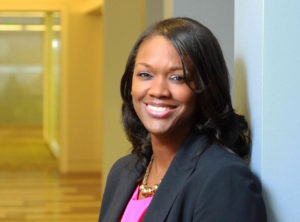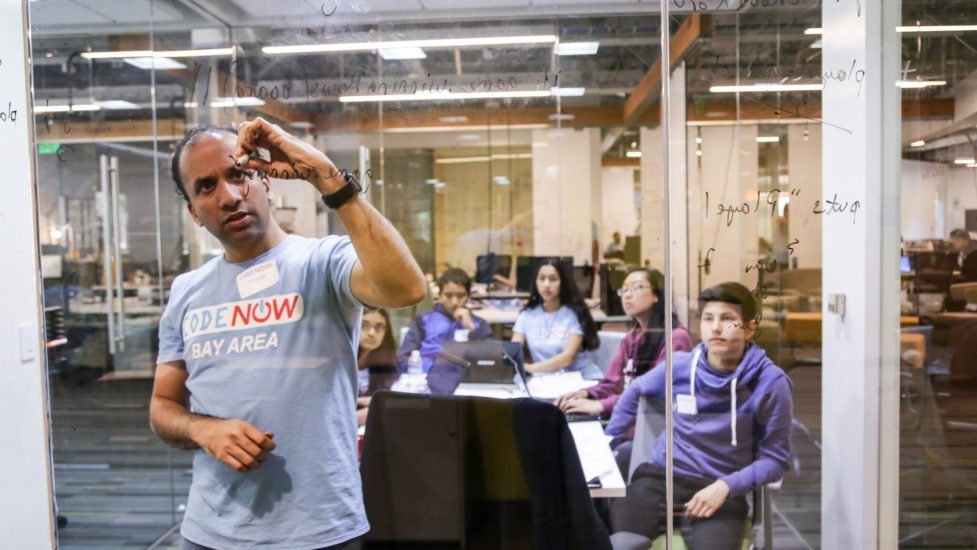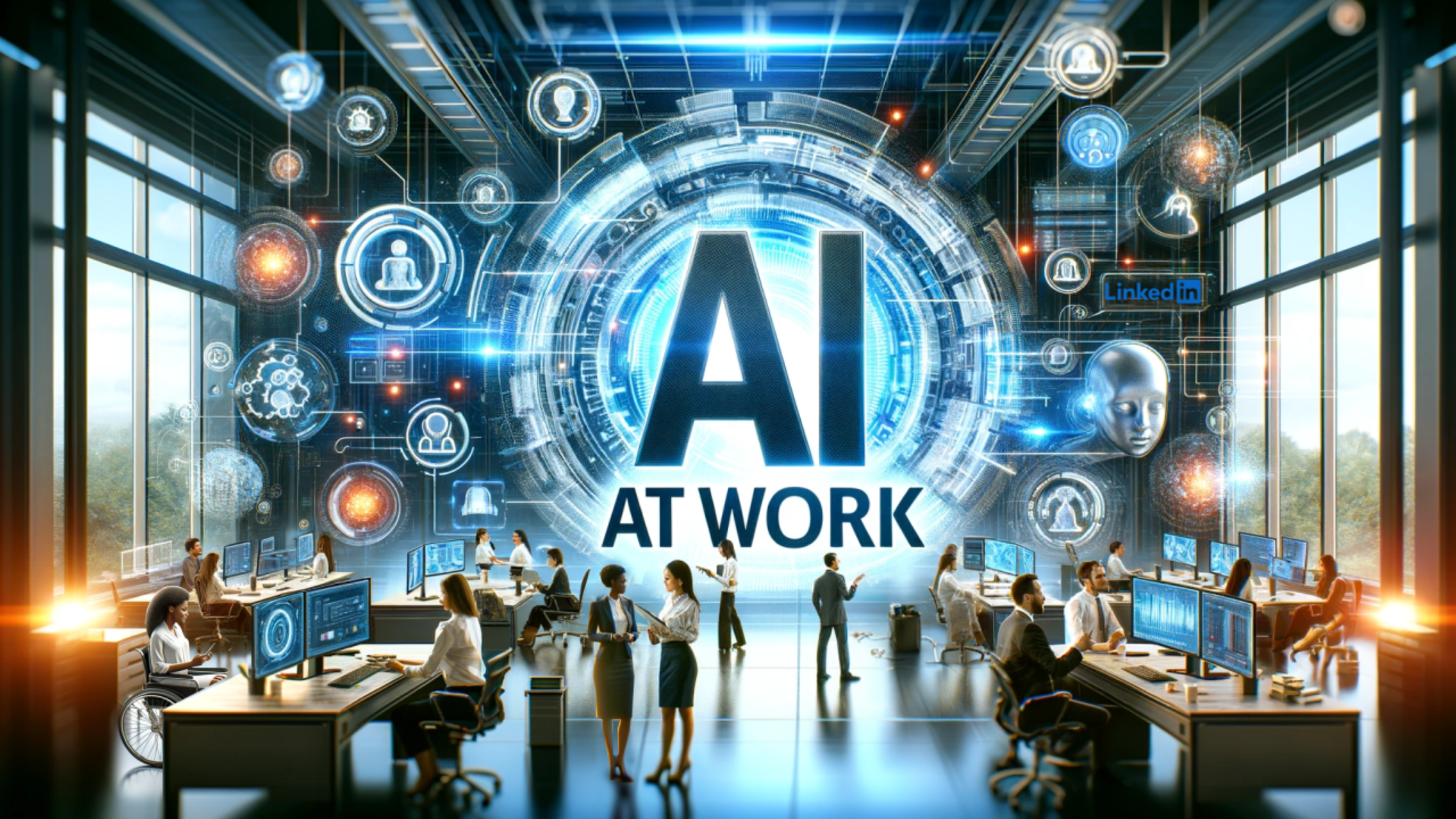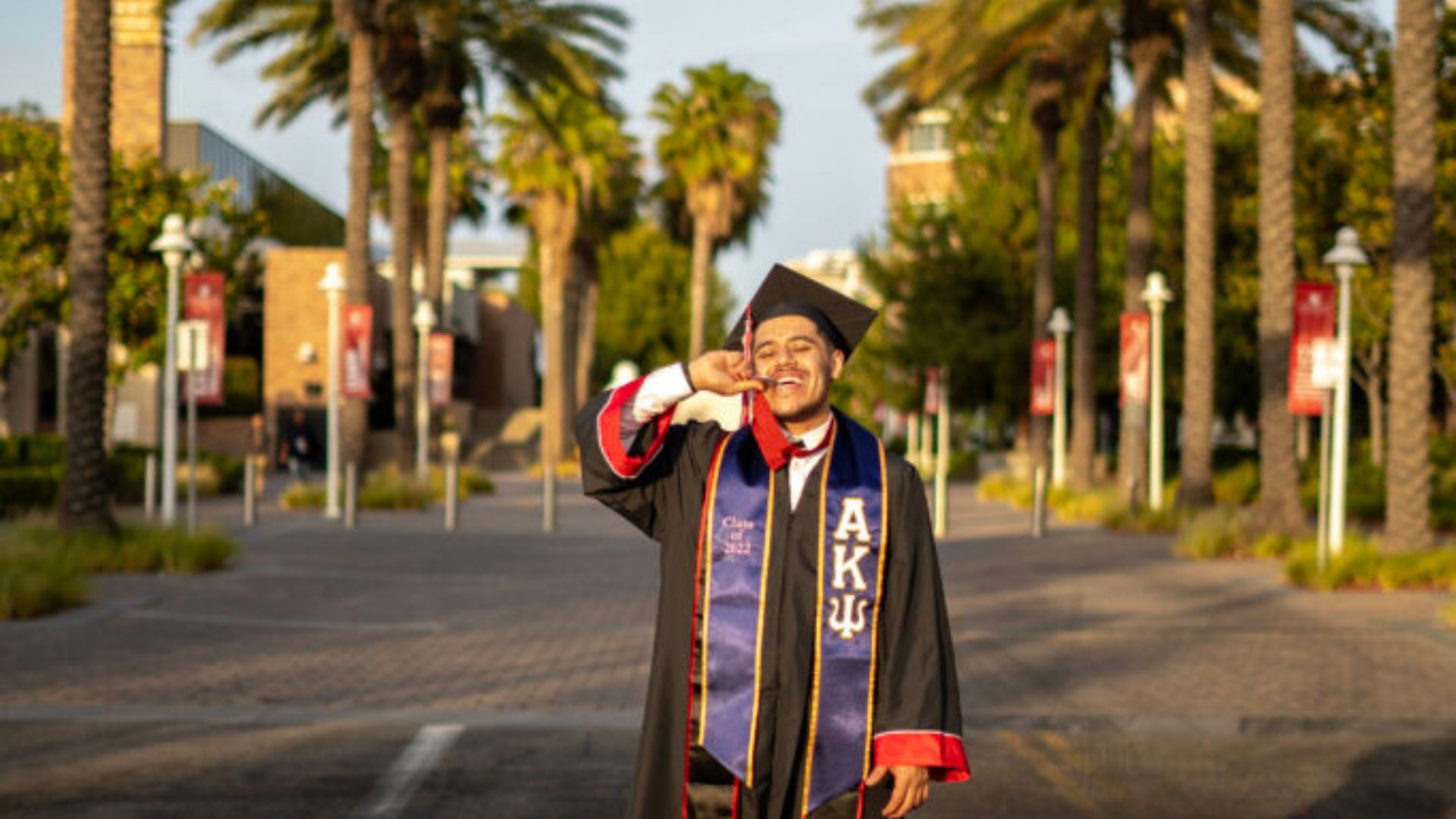The Shaping the Future Workforce series looks at innovative business solutions for developing skilled workers for 21st-century jobs.
“As a Visa employee, I made diversity and inclusion a priority, even before it was part of my job description.” Jolen Anderson has worked for Visa since 2003, starting in the company’s legal department, and eventually heading the team providing legal support on all employment-related matters.
In her early years with the company, she also created diversity internships and mentoring programs. Today, as Visa’s Chief Diversity Officer, she leads the company’s mission to hire technically-skilled people representing diverse backgrounds and life experiences, and to make certain its current employees have opportunities to reskill as technology reshapes the workforce.
“From our CEO down, we believe that being a diverse and inclusive workplace — in which our representation reflects the communities and businesses in which we operate — is critical to helping us ensure that we’re developing the best innovative solutions that are going to continue to drive our business forward,” explains Anderson.

Visa’s core business is dependent on technology. It’s the world’s second-largest digital credit card payment company, processing more than 100 billion transactions a year between banks, consumers, businesses, and even governments. Visa doesn’t extend credit itself; it just provides the tech platform for making payments between multiple parties possible.
“We understand that in order to accomplish our objective of being the world’s best way to pay and be paid, we certainly need the right talent to meet the business needs of our clients and customers. The ability to identify and tap into the right talent is becoming more and more competitive,” says Anderson. Diversity is an important part of that hiring strategy. So is Anderson’s job.
To help expand the tech talent pool, Anderson and her team at Visa have developed a number of programs targeting students from underserved communities in hopes of finding that talent. “We have this initiative that we were really proud of called Springboard, in which we partner with a nonprofit organization to work with community college students to specifically help them get training for certain high-tech roles at Visa,” Anderson explains. More than 100,000, primarily minority, students will have gone through the program by 2025. She says Visa is committed to hiring from this talent pool. “We provide them the opportunity to go through that curriculum, and then turn that into full-time roles at Visa.”
Visa also sponsors programs that teach kids how to code and exposes them to professionals in the tech industry. “A key part of our goal and strategy is to make sure that we are an employer of choice, attracting and retaining the best talent. But we’re also going where the talent is, and thinking about these new and alternative sources of bringing more people into the work system,” explains Anderson. Through CodeNow, Visa has held a coding boot camp for high schoolers at the company’s Foster City, California, headquarters. Through Kids’ Vision, the company hosted a two-day program, also at the headquarters, aimed at getting young girls to become more interested in and involved with science and math through coding.
“We know that it’s important to develop and invest in the talent pipeline. At the end of the day, we realize that this is an ecosystem that we’re trying to create and support.” In Anderson’s view “it’s going to take companies, and universities and communities coming together, to help ensure that we are preparing the next generation to fill a lot of the gaps that you’re so keenly aware of.”
The company is not just looking to the next generation for its workers. Through its Ready to Return initiative, Visa reaches out to experienced workers who have taken a break in their careers in order to care for a family member, whether it is a new child, a sick or elderly parent, or some other relative in need.
Many of the participants in the two-day workshop tend to be women who took time off to have and raise children. “I think there’s a hidden underrepresented part of our workforce who has the skill, has the desire, has these amazing educational backgrounds, and they may just be either lacking the confidence or just need a little help to kind of get refreshed,” explains Anderson.
The participants spend two days working on their resumes, updating their LinkedIn profiles, developing their social media pages, and, importantly, practicing with hiring managers for job interviews. “We’ve helped them be able to think through how they’re gonna communicate their skills, and how they’re going to be able to present themselves in a way that really highlights their strengths.”
While the goal of Ready to Return is to identify talented potential Visa employees, there is something bigger at work for Anderson. “We hope that the best of them will take jobs at Visa, but that’s not the objective, right? The objective is to really give them this content, and help them identify a role that will be great for them,” Anderson tells me. “It gets competitive. I have to say that. And we’ve lost some of the best out there. So, I’m like, ‘Oh my God, did somebody get a job?’ But at the same time, we’re excited. It’s a great outcome when we go back at some point and try to re-engage with someone who went to the program, and they’re like, ‘I already found a full-time opportunity.’ I love that. I love that because it’s exactly what we wanted.”
Visa also believes it is important to include its current employees in the training process. “We knew that we needed individuals to be able to have this language, to be able to talk to our clients about the digital transformation that was happening. We are really committed to creating a learning culture,” says Anderson. In order to support that objective, Visa created Visa University, which can be accessed by current employees, both physically and digitally.
“Visa University provides access to thousands and thousands of different content opportunities. We have custom-designed courses focused on helping individuals understand the digital world, helping individuals understand key skills that will help them in their careers, from simple things like crucial conversations to presentation skills, to Excel training, to leadership curriculum,” according to Anderson.
Perhaps its most important class, in terms of Visa’s own needs and the needs of its customers, is its introduction to the different technology that is at the core of the company. Everyone who is hired goes through it. “It’s everything from coding languages, to information on how our network works, to organizational details, and general background. We are teaching individuals about what this digital transformation looks like, and how it is relevant to the payment space, in terms of payments operating in different forms across mobile devices, across our terminals,” explains Anderson. “They have what they need to just hit the ground running and be well-positioned to be successful and ready to contribute.”
“We’re really focused on this because one of our values is that everyone at Visa is a leader,” says Anderson. “It starts with ensuring that our employees understand that we want them to be constantly focused on learning and development, and their own opportunity to upskill and reskill, in ways that will help them perform every day and grow their own careers. We really do think that the world’s best payment minds are here at Visa.”
Join the Conversation: Share your thoughts on the latest Shaping the Future Workforce article on our Facebook page.
Connect with Ramona via Twitter. You can read her previous articles for WorkingNation at this link.











